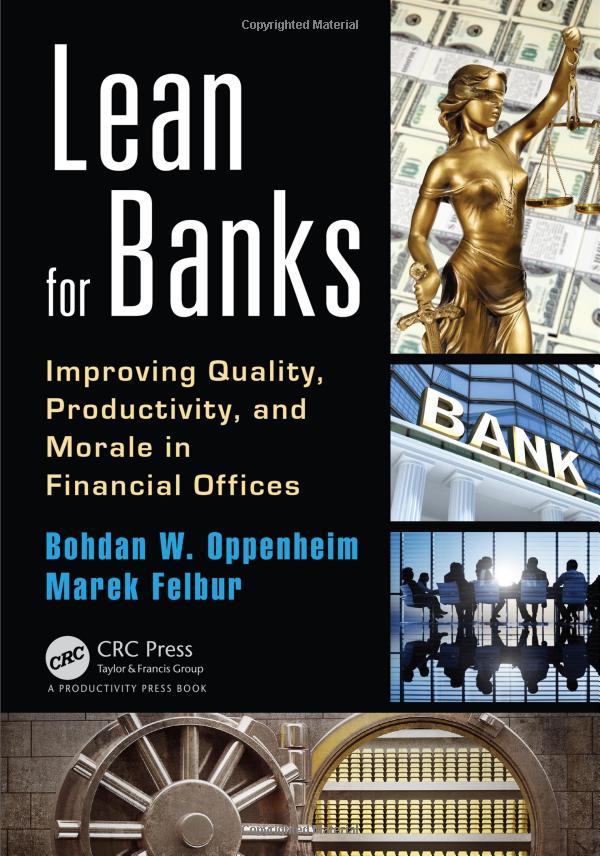"Navigating the Complexities of Student Loan Bankruptcy: What You Need to Know"
Guide or Summary:Understanding Student Loan BankruptcyThe Challenges of Discharging Student Loans in BankruptcyOptions for Borrowers Facing Student Loan Ban……
Guide or Summary:
- Understanding Student Loan Bankruptcy
- The Challenges of Discharging Student Loans in Bankruptcy
- Options for Borrowers Facing Student Loan Bankruptcy
- Seeking Legal Advice
- Conclusion: The Importance of Informed Decision-Making
Understanding Student Loan Bankruptcy
Student loan bankruptcy refers to the legal process through which individuals can seek relief from their student loan debts through bankruptcy proceedings. In the United States, student loans are often considered non-dischargeable in bankruptcy, meaning that borrowers cannot easily eliminate these debts through traditional bankruptcy filings. However, there are specific circumstances under which student loans can be discharged, making it essential for borrowers to understand their rights and options.

The Challenges of Discharging Student Loans in Bankruptcy
The primary challenge with student loan bankruptcy lies in the stringent criteria set by the U.S. Bankruptcy Code. Unlike other types of unsecured debts, such as credit card debt, student loans require borrowers to prove "undue hardship" to qualify for discharge. This standard is often difficult to meet, as it typically involves demonstrating that the borrower cannot maintain a minimal standard of living if forced to repay the loans, that the hardship is likely to persist for a significant portion of the repayment period, and that the borrower has made good faith efforts to repay the loans.
Options for Borrowers Facing Student Loan Bankruptcy
For borrowers struggling with student loan debt, there are several options to consider before resorting to bankruptcy. One of the most common alternatives is income-driven repayment plans, which adjust monthly payments based on the borrower's income and family size. These plans can make payments more manageable and may even lead to loan forgiveness after a certain number of years.

Another option is loan consolidation, which involves combining multiple federal loans into a single loan with a fixed interest rate. This can simplify repayment and potentially lower monthly payments, making it easier for borrowers to stay on track.
Seeking Legal Advice
Given the complexities surrounding student loan bankruptcy, it is advisable for borrowers to seek legal counsel. An attorney specializing in bankruptcy law can help borrowers understand their options, assess their eligibility for discharge, and navigate the bankruptcy process if necessary. They can also provide guidance on how to present a case for undue hardship, which is crucial for those seeking to discharge their student loans.

Conclusion: The Importance of Informed Decision-Making
In conclusion, while student loan bankruptcy presents significant challenges, it is not entirely impossible for borrowers to seek relief from their student loan debts. Understanding the legal framework, exploring alternative repayment options, and seeking professional guidance are critical steps for anyone considering this route. By staying informed and proactive, borrowers can better navigate the complexities of student loan bankruptcy and work towards achieving financial stability.